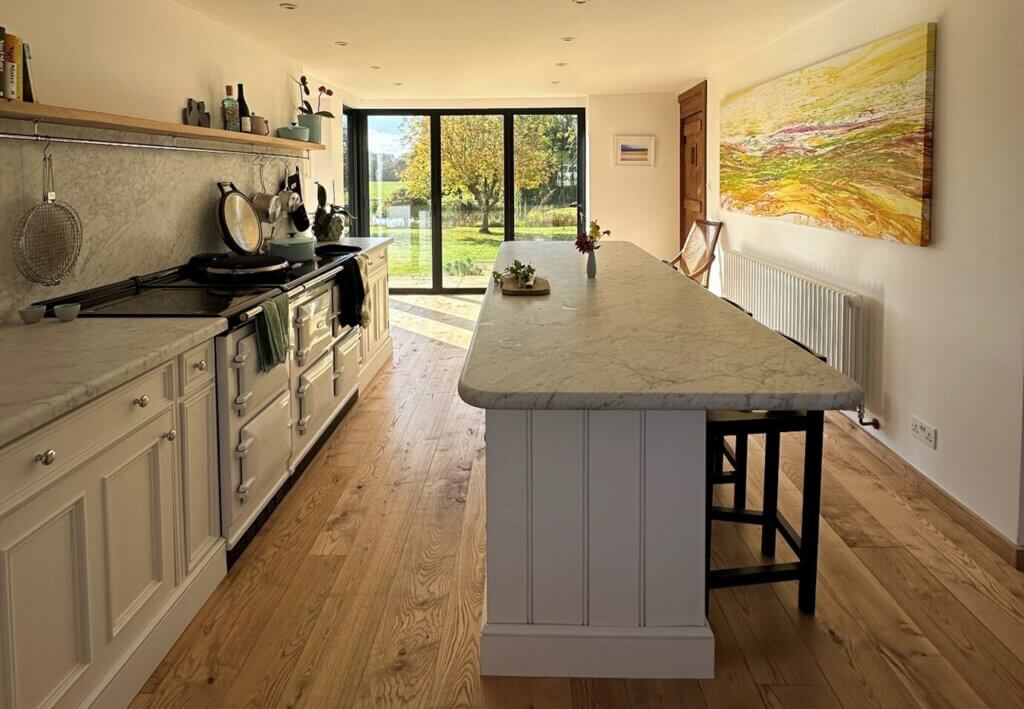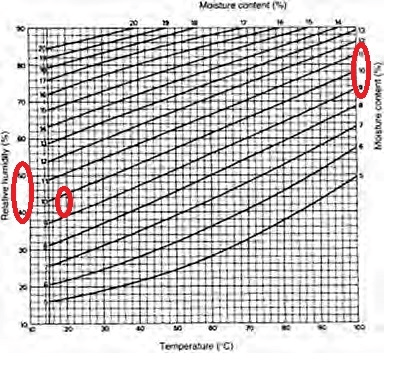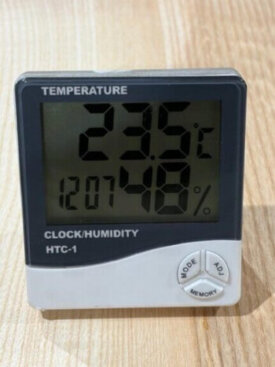Getting Moisture Levels Right for Hardwood Flooring

When it comes to hardwood flooring, matching the moisture content of the floorboards with the conditions inside the building is critical.
Timber is hygroscopic, meaning it naturally absorbs or releases moisture to reach equilibrium with the surrounding air’s temperature and relative humidity. As it does so, the wood will expand or shrink — and may also warp or cup if conditions change too quickly.

We came across a particularly useful chart that illustrates the relationship between wood moisture, temperature and humidity. It shows that if flooring is delivered to site with a moisture content of 10–12% and the building’s temperature is around 18 °C, then the relative humidity (RH) should ideally sit between 45 % and 55 %. If the RH rises above this range, the boards will absorb moisture and expand, leading to swelling or distortion. If it drops too low, the boards will dry out and shrink, creating gaps.
Chart showing the relationship between the moisture content of wood and the temperature and relative humidity of surrounding air.

This may sound complicated, but in practice it’s straightforward. All that’s needed is a temperature and humidity meter for the building and a moisture content check from the flooring supplier. If the site humidity is significantly higher or lower than ideal, it’s best to delay delivery until conditions stabilise.
Excess humidity often comes from drying screed, plaster, or unsealed openings such as unfinished windows or doors. Rushing to install flooring in a damp environment is a false economy; it can quickly lead to problems and a sub-standard finish.
Where the difference between site conditions and the wood’s moisture content is smaller, allow an acclimatisation period of two to four weeks before laying the floor. This gives the boards time to adjust naturally and helps ensure a stable, long-lasting result.
If in doubt, give us and call and our team will be happy to advise.



